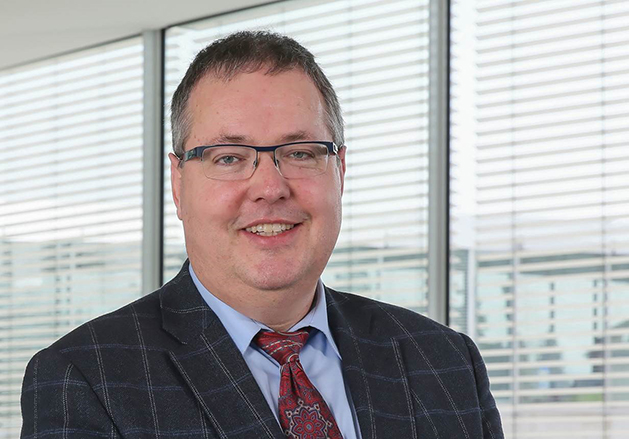Genève Aéroport’s director general talks zero carbon, intermediate targets before 2050, and the need to define and certificate standards for new and renovated buildings.
Few industries will be able to turn the commitments made at COP26 into action quite like the infrastructure sector. We’ve spoken with André Schneider (AS), director general of Genève Aéroport about how it can be done.
IG: The UN has asked countries to come forward with ambitious 2030 emissions reductions targets that align with reaching net zero by the middle of the century. What would you most like to see done to ensure industry can turn those targets into actions?
AS: “I think that that the major challenge is that 2050 is still quite far away for the classic planning cycles we have in the different industry sectors. But reaching a net zero target for 2050 will require steps to be taken starting today.”
“In order to advance at the right speed and also to be able to show that we are advancing on the right trajectory, every industry sector will need to define its roadmap to net zero in 2050, and with this roadmap comes intermediate targets. This will then allow industry to measure the advancement and also to adapt the roadmap if new solutions or technologies emerge.”
IG: The UN has warned that our climate is already changing and will continue to change even as we reduce emissions, with devastating effects. What needs to be done to better ensure adaptation and resilience is achieved – especially for some of the poorest communities most effected?
AS: “It will be important that adaptation and resilience are integral part of any new infrastructure project, and that existing infrastructures are analysed in view of these two concerns. This could also be helped by the use of standards that validate the good coverage of such topics, like the SURE standard.”
IG: And the UN has emphasised that to deliver on the first two goals, developed countries must make good on their promise to mobilise at least $100bn in climate finance per year. How can our industry help to ensure international financial institutions and governments feel confident that this money will secure the most effective outcomes?
AS: “It will be important that project owners and developers are assuring that their projects are validated as much on climate questions as on adaptation and resilience by standard certifications. It should become a requirement for investors and state agencies investing in infrastructure projects that such certifications are requested.”
IG: And as an industry, we need to offer tangible solutions and point the way to achieving better outcomes. A huge focus in tackling climate change has to be energy. What are the biggest areas of potential for achieving quick and lasting wins in its decarbonisation and/or energy efficiency in the built environment?
AS: “The basis has to be a clear roadmap towards the net zero objective, and we also have to define standards to be achieved for every new building but also for the renovation of existing buildings in accordance with such a roadmap.”
“It will also be necessary to adopt goals for the integration of opportunities of green energy production in each new building or building renovation.”
“Furthermore, each organisation mandating the construction or renovation of infrastructures should have their own roadmap and their own goals to better guide also in their expectations the infrastructure developers or financiers.”
The post “Every industry will need to define its own roadmap to achieve net zero 2050” André Schneider appeared first on Infrastructure Global.

